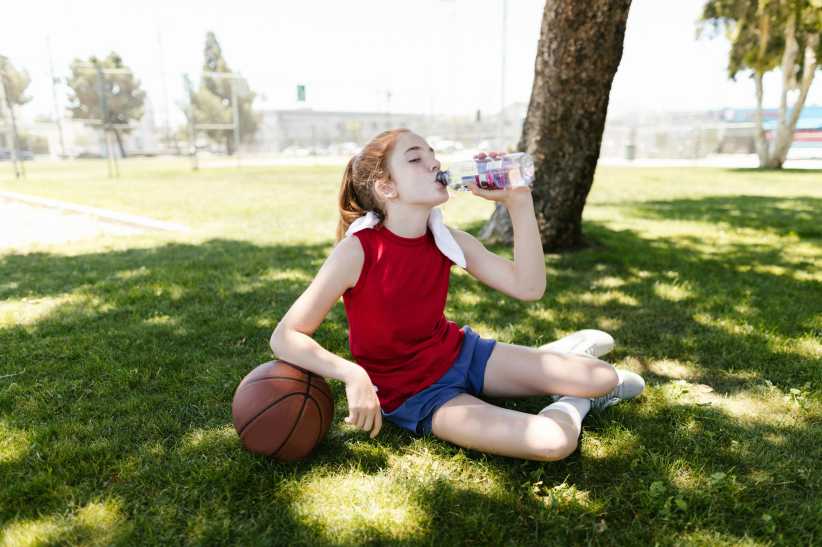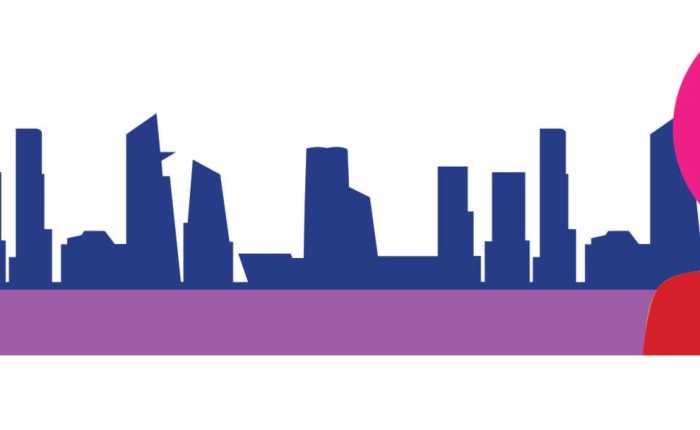 Imagine waking up one day and your child’s myopia had stopped progressing. Though this may sound far-fetched, there’s a little-known, cutting-edge non-surgical process called orthokeratology (Ortho-K) that’s offering parents some hope in stopping the progression of myopia in their children and freeing those with poor vision from their dependence on corrective lenses.
Imagine waking up one day and your child’s myopia had stopped progressing. Though this may sound far-fetched, there’s a little-known, cutting-edge non-surgical process called orthokeratology (Ortho-K) that’s offering parents some hope in stopping the progression of myopia in their children and freeing those with poor vision from their dependence on corrective lenses.
Myopia (more commonly known as nearsightedness) is, as defined by the National Eye Institute, “a common type of refractive error where close objects appear clearly, but distant objects appear blurry.” “Myopia in children is [typically] progressive,” says Dr. Stephen Rozenberg, an optometrist and co-owner of 10/10 Optics in the Flatiron District. Higher myopes are more likely to have issues with retinal tears, holes, and detachments, get glaucoma, and become incapacitated without corrective lenses, Rozenberg notes. For him, Ortho-K is an effective way to control it.
“[Ortho-K is] a custom contact lens that’s worn only while a patient sleeps,” Rozenberg explains. “[The rigid lens] reshapes the cornea (the front part of the eye) that results in you seeing clearly all day without the need for glasses or contacts.” And the added benefit: For average, nearsighted patients, and those with astigamatism using Rozenberg’s customized lenses, there’s a greater likelihood that the progression of myopia will stop.
Though there has been an uptick in Ortho-K patients, Ortho-K has been around clinically for almost 50 years. As a Southern California College of Optometry student in the 1970s, Rozenberg learned about it from its pioneers: Two California doctors named Drs. Grant and May. Ever since then, he has had his hand in Ortho-K.
Rozenberg eventually relocated to the east coast, but the buzz around Ortho-K in California didn’t quite make it across the country with him.
Chiming in, Ruth Domber, Rozenberg’s business partner, surmises that his customized technique “hasn’t proliferated in popularity [because] it requires significant experience and a skillset that’s not common to optometrists and their background while in school.”
Initially, Rozenberg used a standard kit, but sparingly due to its limited scope and success. Now, he utilizes a highly technical, customized design that he learned in 2005, boasting a “success rate of almost 99 percent” with his patients who are nearsighted, farsighted, have astigmatisms, or need multifocal or bifocal lenses.
One of those patients is Forest Hills mother Apolonia Plum’s 12-year-old son who is nearsighted with a slight astigmatism. Plum recently got her son Ortho-K to make his life a little easier at school and while playing sports; she heard about it from an optometrist friend. “The transformation was instant, the next day,” Plum says. “In about three weeks, he was as good as new: 20/20 in one eye and 20/25 in the other. It was incredible.”
Another success story is Bay Ridge mom Adeline Chung-Feder’s 14-year-old nearsighted son. By age 9, his vision began to deteriorate. To help her son, she got him Ortho-K lenses at age 12; a client had mentioned it to her years ago. And it worked: “[He could see] the very next day…[and] didn’t need to wear glasses,” she says. Today, he’s a happy 14-year-old who doesn’t have to worry about going swimming or lenses falling out.
So how does Rozenberg’s customized Ortho-K work? The answer lies in your tears and how Rozenberg designs the canal in the lens: “I custom design the shape of the lens. And behind that lens, I control where the tears are (there’s a tear layer between the lens and your eye), and what pressure the tears can put on the cornea,” he explains. He also pointed out that it’s the pressure of the tears that helps change the shape of the cornea. By controlling the tears’ volume and thickness at all points behind the lens, he can shape the cornea more gently and accurately. More importantly, abrasions are extremely infrequent.
[gravityform id=”13″ title=”false” description=”false” ajax=”true”]
To determine who is a good candidate, Rozenberg examines the shape of the patient’s cornea, prescription, and considers the patient’s expectations. If the patient proceeds, he performs a full examination and designs the first pair of lenses; a patient may need a few pairs to achieve success. When the lenses arrive a week later, he and Domber (or a contact lens technician) teach the patient how to wear and care for them.
There may be side effects that parents of Ortho-K patients should look-out for. Chung-Feder states her son “complained of a stinging pain once he got [the lenses] in, as well as dyness.” However, she also added that he quickly got used to the feeling of the lenses and no longer experiences any pain.
Like soft contact lens wearers, there’s always the risk of infection due to improper handling and poor hygienic conditions. “There have been safety studies with regard to infection showing Ortho-K lens to be four times safer than soft contact lens,” Rozenberg notes. Over the past 12 years, only two patients had corneal abrasions; they were using very coated and dirty lenses. Once replaced, they were fine, he recalls.
Despite potential side effects and risks, Ortho-K’s benefits outweigh them for many patients and their families. “[My son] can see. He doesn’t need glasses in any sport and his quality of life has definitely improved,” Plum says.
As promising as Ortho-K sounds, there’s a catch: The results are temporary, lasting from the time you wake up until bedtime If you miss a night, there’s a strong chance that your vision may not be as sharp, clear the next day. And if you stop wearing the lenses, your eyesight will revert back to what it was before you began Ortho-K.
To date, Rozenberg fits about 250 patients a year with Ortho-K lenses. For those who prefer frames, Domber and her experienced opticians offer a luxurious eyewear makeover by finding you specs that compliment your face, making you feel confident and attractive.
“It’s nice to make people happy whether you’re giving them glasses [or] getting them to see well,” Rozenberg says. But what he’s most proud of is helping to stop the progression of myopia in children, thereby preventing them from possibly developing retinal disease. “I’ve interrupted [their] future in a really, really good way.”
To learn more, visit orthoK.nyc!























